Starting a garden can feel a bit overwhelming, especially if you’re new to growing your own veggies. The last thing you want is to plant something that turns out to be complicated and frustrating. So, let’s make gardening easy and enjoyable! Here, I’ve gathered a list of best vegetables to grow for beginner gardening-friendly that are low-maintenance, quick to grow, and super rewarding. Some of these, like arugula, mint, and lettuce, are ones I personally grow, and they’re a breeze. Let’s dive in!
*Some resources in article are affiliate links. Full disclosure here.
- 1. Arugula (Rocket)
- MIXC 10 Packs Seed Starter Tray Seed Starter Kit with Humidity Dome (120 Cells Total Tray)
- 2. Mint
- Whiskey Barrel Planters with Drainage Holes & Saucer
- 3. Lettuce
- Indoor Herb Garden Kit with Grow Light
- 4. Radishes
- 5. Carrots
- 6. Spinach
- 7. Green Beans
- Moss Poles for Climbing Plants
- 8. Zucchini
- 9. Cherry Tomatoes
- 3 Pack Tomato Cages
- 10. Cucumbers
- Essential Tips for Growing Healthy Vegetables in Containers
- Organic Expanded Clay Pebbles for Plants
- Feet Gardening Burlap Roll
- Organic Bokashi Bran
- Conclusion

1. Arugula (Rocket)
Arugula is perfect for beginners. It’s fast-growing and adds a peppery kick to salads. You can plant it in small containers or straight in the ground, and it will be ready in just a few weeks. Plus, it can tolerate cooler weather, making it ideal for spring and fall.
Arugula is what I have the most of in my home garden. Its flavor is very different from what we buy at the store – it’s much hotter and tastier. It’s incredible. Here in my garden I have two types: baby arugula and large-leaf arugula. Both grow very quickly and are easy to care for.
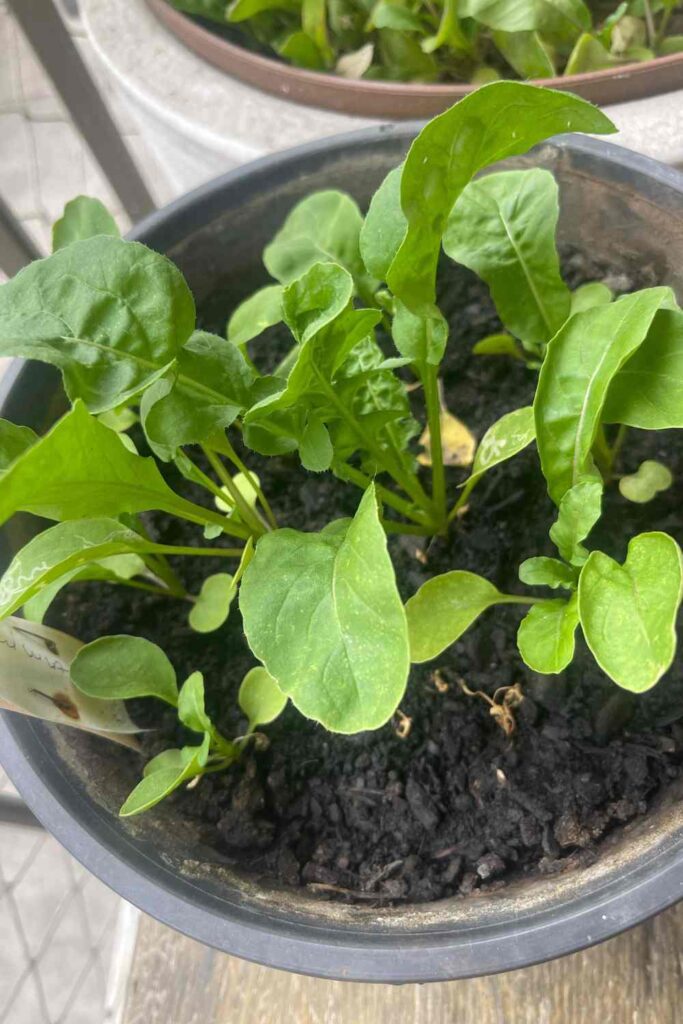
Photo Credit: fawkestheguy

This is perfect for growing arugula on your windowsill.
2. Mint
Mint is almost impossible to mess up, and it’s one of the most resilient herbs out there. It spreads quickly, so it’s best grown in pots to keep it from taking over your garden. Add fresh mint to teas, desserts, or salads for a burst of flavor.
The mint’s soil should always be moist. It likes water and unlike rosemary, if it wilts, just water it and it will come back looking beautiful.
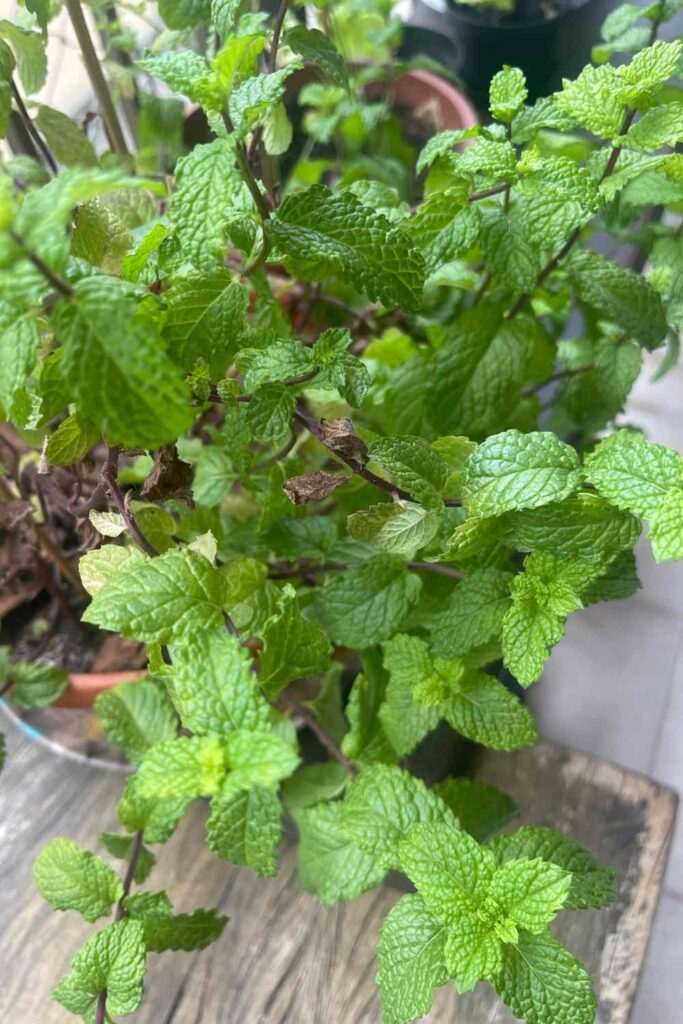
Photo Credit: fawkestheguy
3. Lettuce
Lettuce is a garden staple for beginners. It’s quick to sprout and requires minimal care. With regular watering and a bit of sun, you’ll have fresh, crisp leaves in no time. Try leaf lettuces like romaine, which allows for multiple harvests.
A great tip to help your seeds sprout faster is to let the packet sit in the fridge overnight before planting. It may seem strange, but it works!
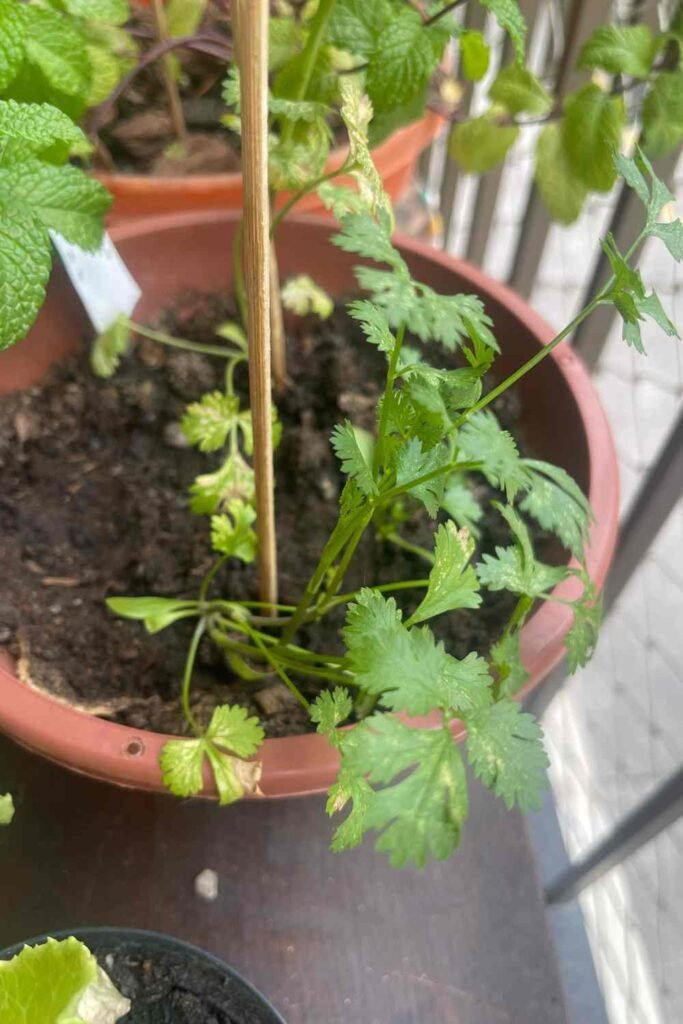
Photo Credit: fawkestheguy

Photo Credit: fawkestheguy
4. Radishes
Radishes grow fast and are quite forgiving if you’re just learning the ropes. They take around 3-4 weeks to mature, making them one of the quickest veggies to harvest. Plus, they’re fun to pull out of the ground!
5. Carrots
Carrots are low-maintenance and a great way to introduce root vegetables to your garden. Just make sure the soil is loose so the roots can grow straight. Try shorter varieties if your soil is rocky or shallow.
6. Spinach
Spinach is another fast-growing leafy green that loves cooler temperatures. It can handle partial shade, so it’s perfect if your garden doesn’t get full sun all day. Just keep it watered, and it’ll thrive!
7. Green Beans
Green beans are perfect for the beginner gardener. They grow fast, and their vines are easy to train on a trellis. Bush beans are an even simpler option if you prefer a compact plant.
8. Zucchini
Zucchini plants are prolific producers! Just a couple of plants will give you an abundant harvest. They do take up some space, so make sure you have room for these bushy plants to spread out.
9. Cherry Tomatoes
Cherry tomatoes are more manageable for beginners than larger tomato varieties. They’re great for container gardening and offer a constant supply of little tomatoes perfect for snacking or salads.
10. Cucumbers
Cucumbers are another rewarding vegetable that can be grown vertically, saving space. They love sunlight and need regular watering, but they’re generally straightforward and can yield a lot of fresh cucumbers.
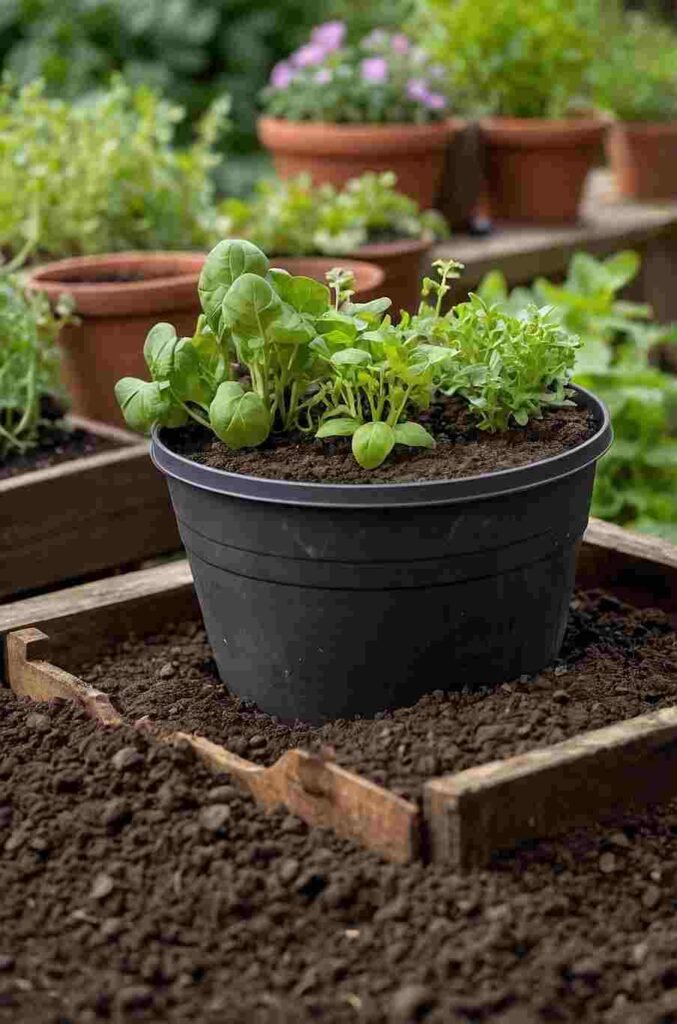
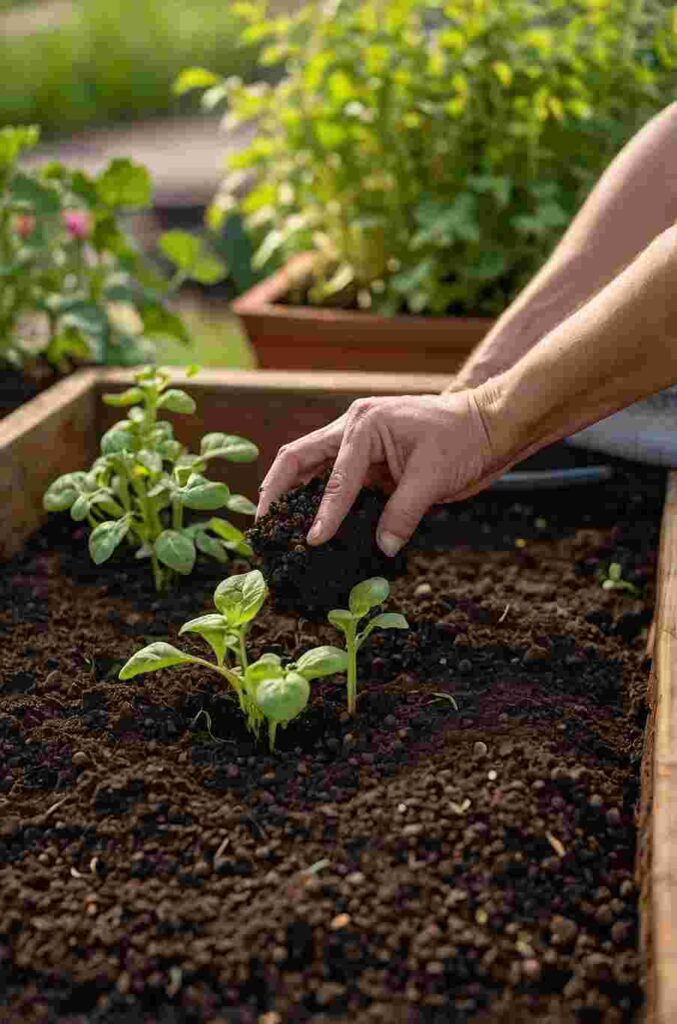
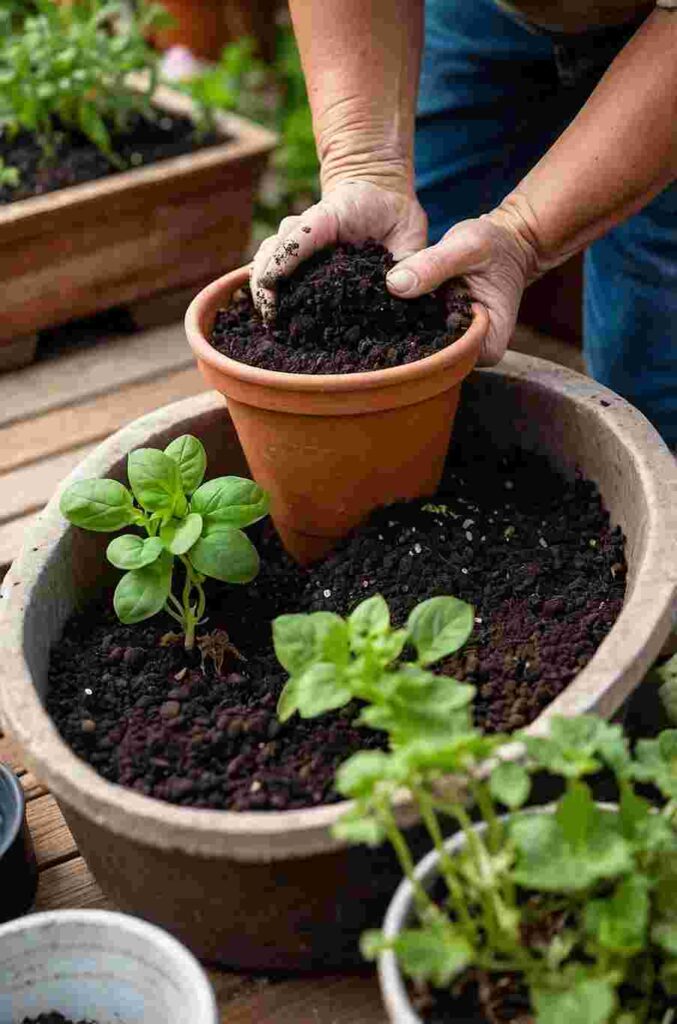
Essential Tips for Growing Healthy Vegetables in Containers
Gardening in containers is a fantastic option, especially for beginners or those with limited space. To set your plants up for success, there are a few key steps you can follow to ensure they thrive in their new environment. Here’s a quick guide:
- Add Clay Pebbles to the Bottom of Your Pot
One of the most important aspects of container gardening is proper drainage. By adding a layer of clay pebbles or small stones at the bottom of your pot, you allow excess water to drain away from the roots, which helps prevent root rot—a common problem for beginners. These pebbles create an air pocket at the bottom, which improves water flow and keeps your plants healthier. - Use a Layer of Landscape Fabric
After placing the clay pebbles, add a layer of landscape fabric or garden mesh on top. This simple step helps keep the soil in place while still allowing water to flow through. It prevents the soil from compacting too much around the drainage layer, keeping roots aerated and healthy. - Choose Nutrient-Rich Soil (with Chicken or Cow Manure)
For container plants to thrive, nutrient-dense soil is essential. Consider using a mix enriched with organic compost or even small amounts of chicken or cow manure, both of which provide your plants with a steady supply of nutrients over time. This type of soil promotes strong growth and helps plants resist common pests and diseases. - Add Bokashi Monthly
Bokashi, a fermented organic fertilizer, is fantastic for maintaining soil health in containers. Adding a small amount to your pots once a month introduces beneficial microorganisms and nutrients that nourish the soil and boost plant growth. Bokashi is an easy way to keep your soil in top shape and can make a noticeable difference in the vitality of your plants.
Adding these steps to your container gardening routine can make a world of difference, especially when it comes to the health and productivity of your plants. With proper drainage, well-structured soil, and regular nutrient boosts, you’re setting your garden up for a bountiful harvest. Happy planting!
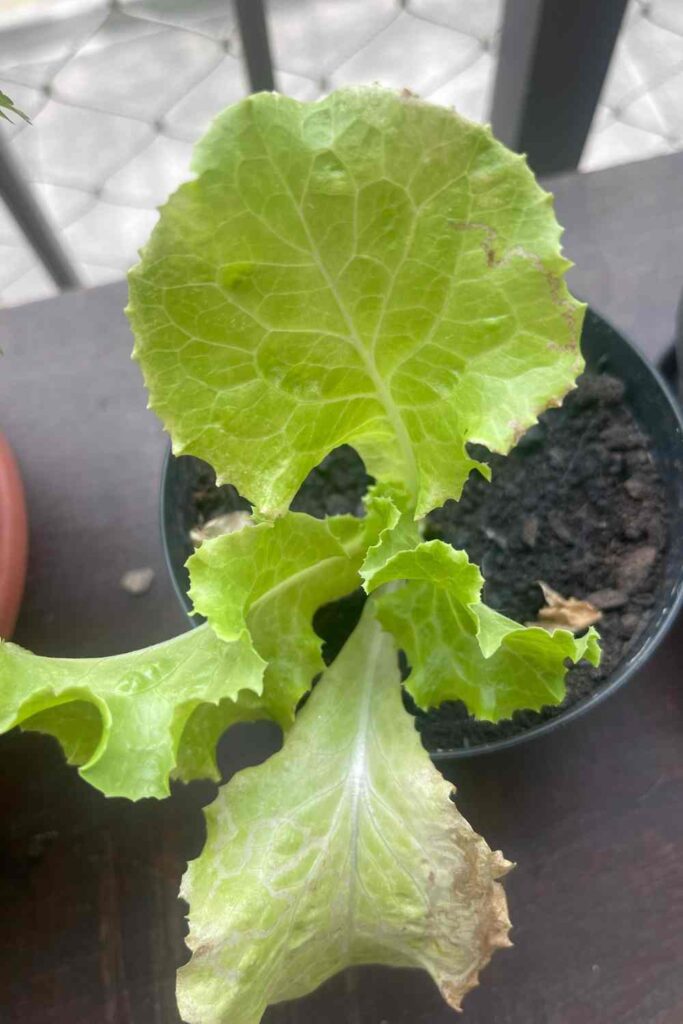
Photo Credit: fawkestheguy
Conclusion
Gardening doesn’t have to be complicated or frustrating, especially when you start with beginner-friendly veggies. With the right plants and a few tips, you’ll be harvesting your own fresh produce in no time. Whether you have a small patio or a large backyard, these easy-to-grow vegetables are a great way to start your gardening journey. Remember, the key is to enjoy the process and learn as you go. Happy gardening!
See you next week!









